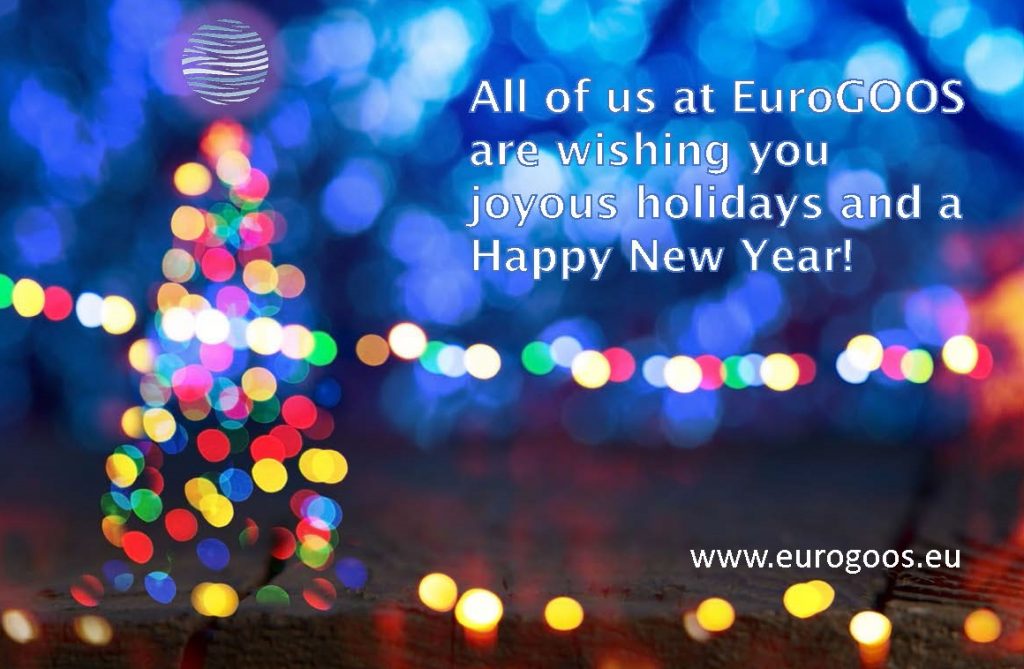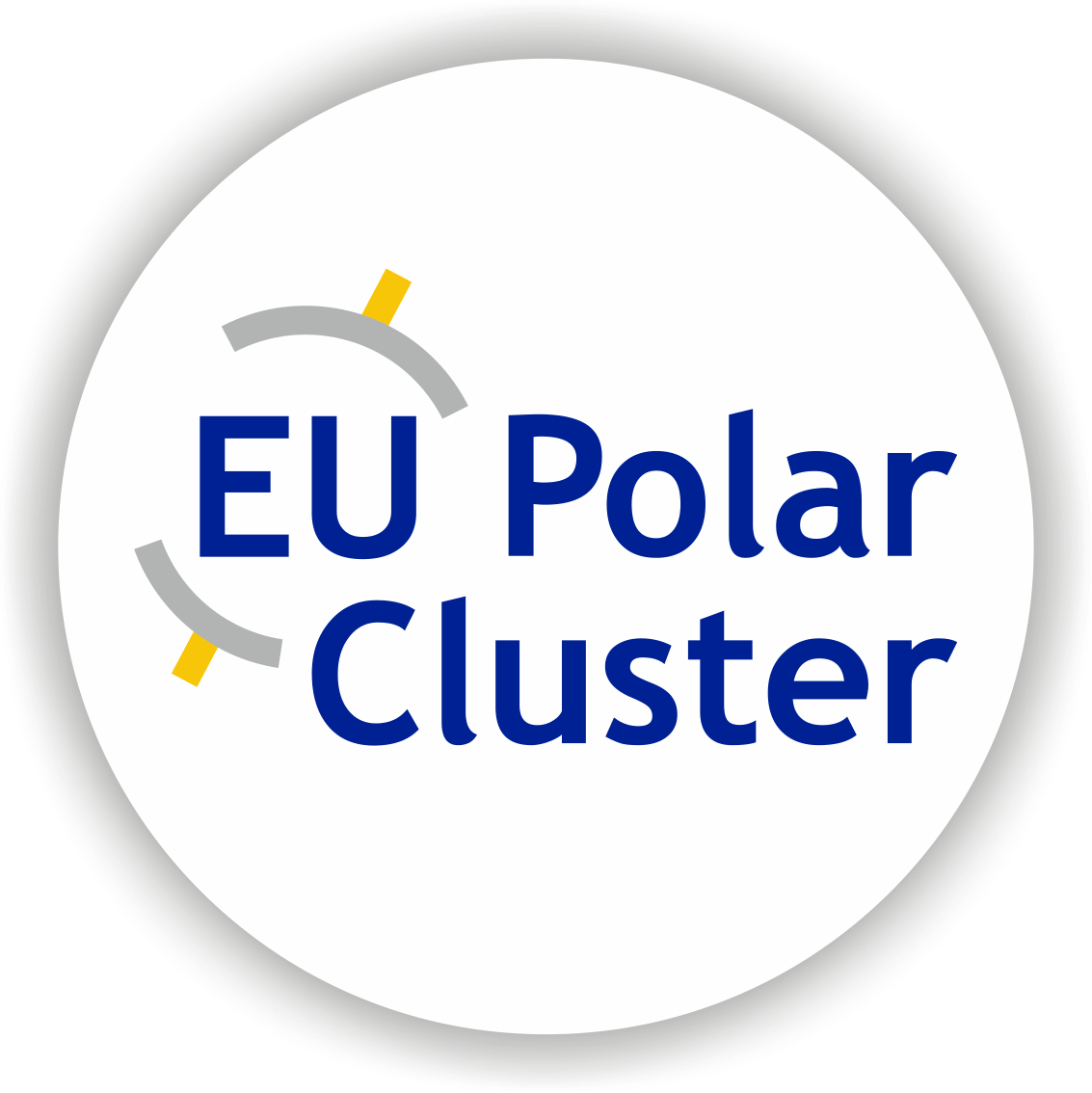2016 was an incredibly productive year for EuroGOOS and we would like to thank all our members, regional systems (ROOSes), task teams, working groups and multiple partners for their contributions to this work!
The 1st EuroGOOS policy brief published in May and launched at the European Maritime Day in Turku set out our priorities for the coming years. The publication was prepared based on a peer reviewed article by our Science Advisory Working Group chaired by Jun She. Other articles from the EuroGOOS community were released in the Ocean Science Journal Special Issue covering our 2014 International Conference. The proceedings of the conference are available on our website.
EuroGOOS has been driving the EOOS process, working hand in hand with the European Marine Board and the EOOS Steering Group. A steering group was set up in April and met twice this year, preparing an EOOS Consultation Document and a stakeholder consultation survey, currently ongoing until 20 January. EuroGOOS launched an EOOS visual identity, website and several dissemination materials, and explained the need for EOOS at many meetings and events. We also organized a successful science-policy event on EOOS at the European Parliament.
Ocean observing has been recognized as a priority at the highest political level (UN, COP, G7, among others) and we have continued working with our global partners, IOC, GOOS, IMOS, IOOS, WMO, JCOMM, and GEO.
Two new EuroGOOS task teams have started operation this year joining the other five existing groups already actively working towards infrastructure collaboration and sustained in-situ observations in Europe. The new task teams focus on Animal-Borne Instruments and Fixed Platforms.
At the EuroGOOS General Assembly, a young researcher from France received the second EuroGOOS Kostas Nittis Medal. After the first medal was launched in 2015 in Athens by Commissioner Karmenu Vella, the Kostas Nittis Medal and associated grant have been offering a tangible support to young researchers to promote their work and explore opportunities at international events.
EuroGOOS has become a trusted partner in a number of strategic EU projects on ocean observing, cross-disciplinary collaboration and research infrastructures. Contracts with both the European Environment Agency (EEA) and Mercator Ocean were signed to enhance our understanding of the requirements and gaps in the observing system towards more efficient European Earth observation Copernicus services. Links between the Copernicus Marine Environment Monitoring Service, CMEMS, and downstream service providers at national level will also be explored and improved. EuroGOOS is actively involved in the recently started INTAROS project focussing on designing an Arctic Observing System, supplementing our work in AtlantOS.
2017 is promising to be no less exciting and productive: the 8th EuroGOOS International Conference will take place in Bergen on 3-5 October, the EOOS consultation results will inform the EOOS roadmap, the EuroGOOS office will deliver several studies on the in-situ state of play and analyse requirements and gaps, and we are planning several communication campaigns and exhibitions to promote our work. Stay tuned via our website and twitter.
We wish you a joyful holiday period and look forward to 2017!

The post End-of-year Newsletter: EuroGOOS Highlights 2016 appeared first on EuroGOOS.


















